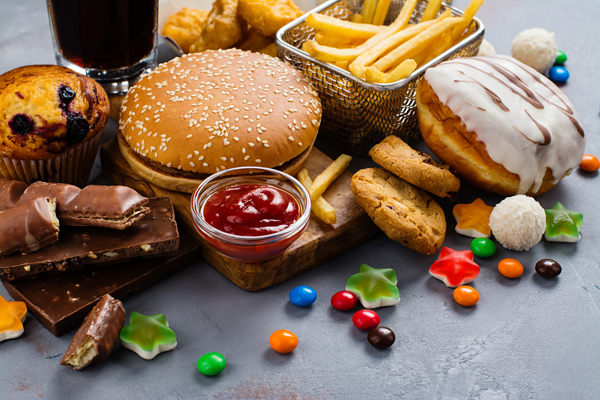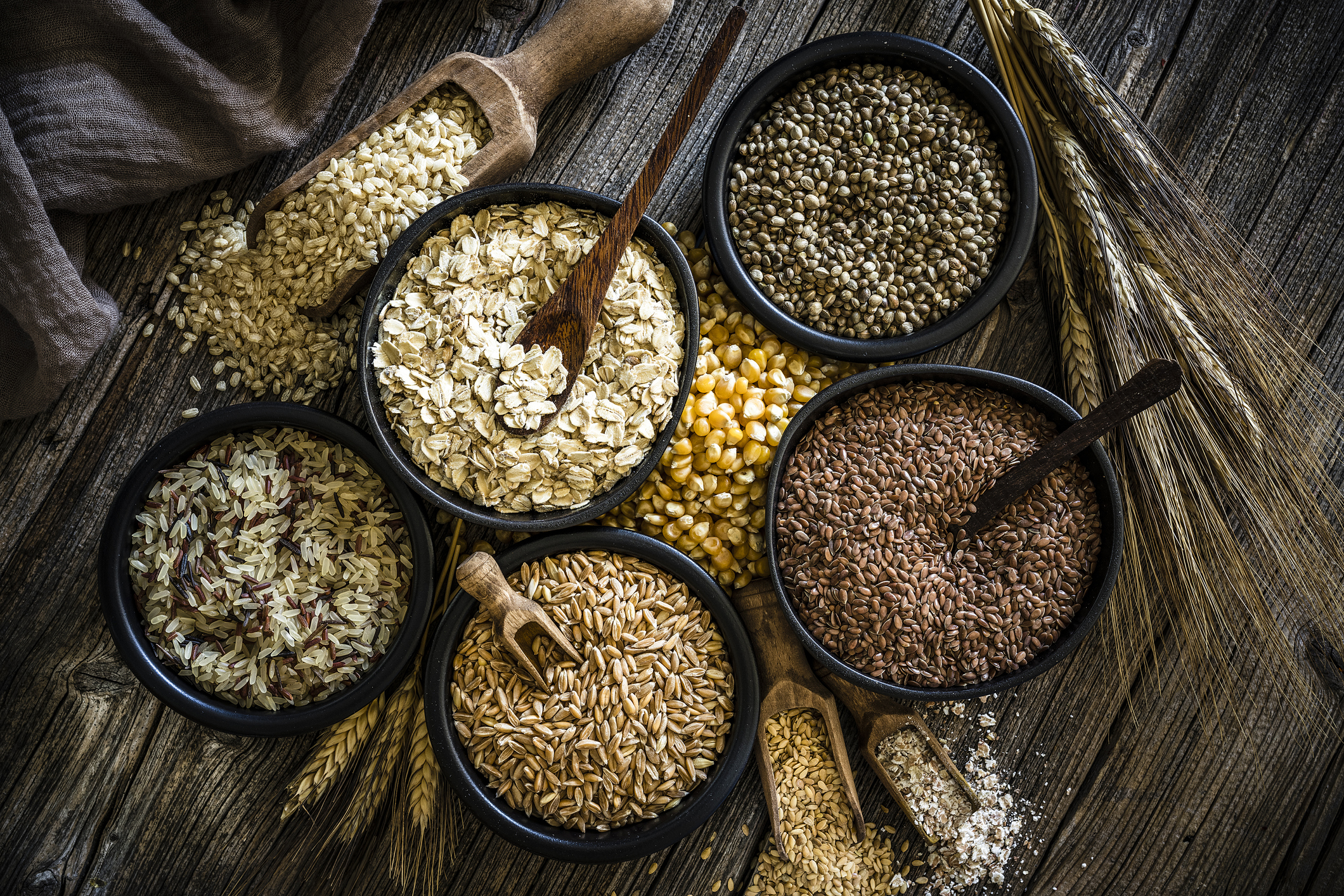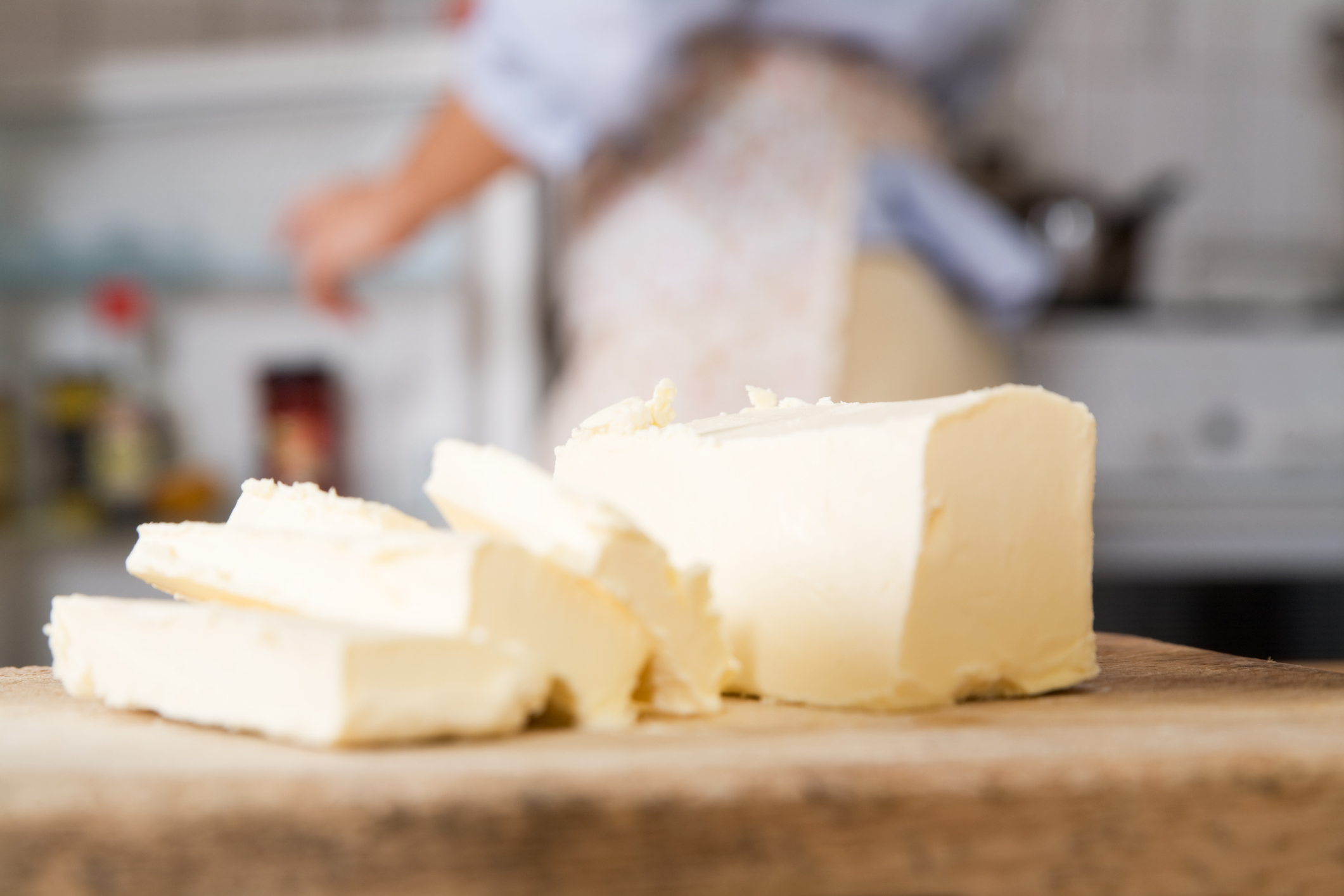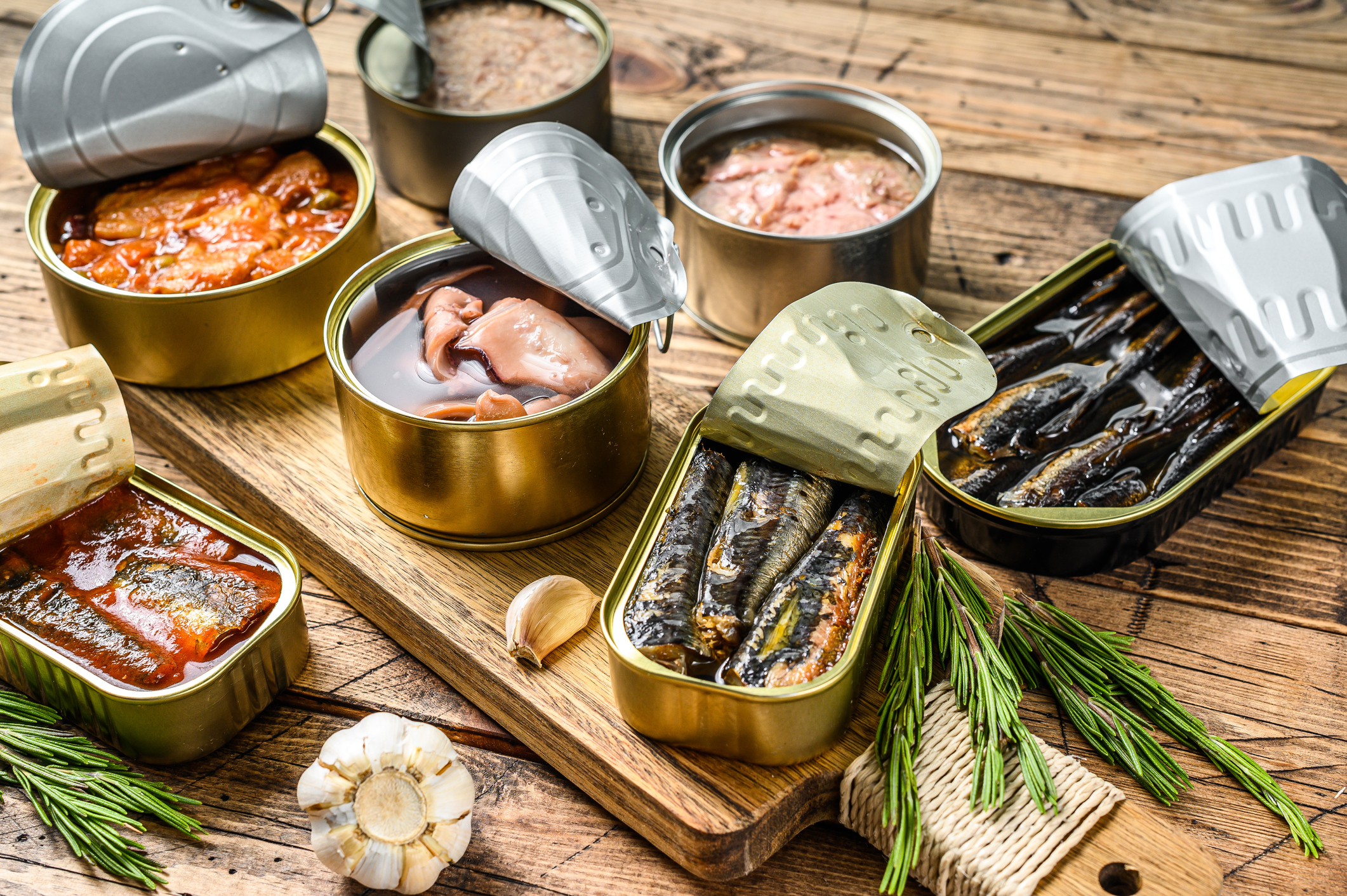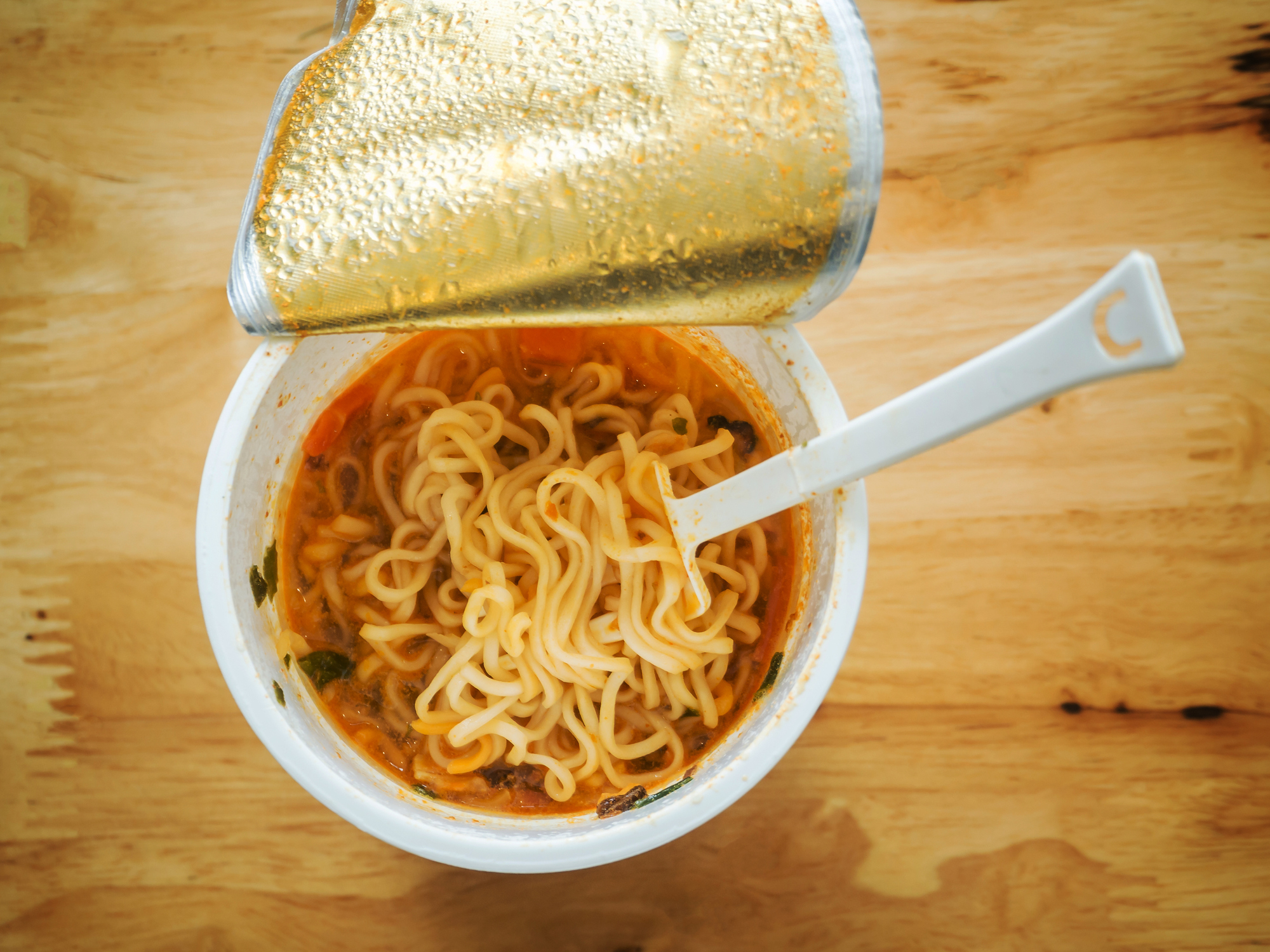The Truth About Ultra Processed Foods

What do cookies, candy, soda, many chips, and sweetened cereals have in common? Sure, they’re all common cravings — but they’re also ultra-processed foods.
Here’s what you need to know about ultra-processed foods and how they could be wreaking havoc on your diet.
What Are Ultra-Processed Foods?
“Ultra-processed foods are those that go through multiple stages of processing,” says Mascha Davis, MPH, RDN.
Plenty of foods — including many healthy staples — go through some amount of processing to be edible. Processing can be as simple as milling a grain, canning beans, freezing veggies, or baking fresh bread.
Ultra-processed foods, however, go through more than one process — and that often includes adding loads of sugar, salt, fat, preservatives, and artificial ingredients.
According to Davis, these are a few clues that the food you’re eating may be ultra-processed:
- The ingredient list is long — and filled with additives, artificial flavors, or preservatives.
- The nutrient density is low.
- It contains added sugars.
- It’s sold in colorful packaging.
- It’s highly altered from the original product.
- It’s high in calories and/or unhealthy fats.
What’s the Difference Between Processed and Ultra-Processed?
The good news: You don’t have to steer clear of processing completely. Since we’re not all seasoned farmers and gardeners, most of us have to eat some processed foods, says Melissa Majumdar, MS, RD, LDN, CPT.
For example, you can — and likely do — buy healthy processed foods like yogurt and frozen vegetables.
According to NOVA food classification, a system that groups food “according to the nature, extent, and purpose of the industrial processing they undergo,” there are four distinct categories of processing:
1. Unprocessed or Minimally Processed Foods
These nutrient-rich whole foods are the foundation of a healthy diet. This category includes the following
- Whole grains
- Legumes
- Fresh, dried, or frozen fruits and veggies
- Fresh or dried spices and herbs
- Eggs
- Fresh or frozen meat
- Poultry, fish, and seafood without added salt or oil
“The closer the food came from the ground or from its natural state, the better,” Majumdar says.
2. Processed Culinary Ingredients
This category includes the processed foods you use in your food prep:
- Oils
- Butter
- Honey
- Maple syrup
- Starches (like corn starch)
3. Processed Foods
Combine unprocessed foods with processed culinary ingredients, and you’ll end up with the foods in this category
- Salted or sugared nuts and seeds
- Salted, pickled, cured, or smoked meats
- Canned fish
- Some cheeses
- Canned vegetables, fruits, and legumes
- Fresh-baked bread
4. Ultra-Processed Foods
This category includes foods that have gone through multiple stages of processing. (If you can’t make it yourself in your kitchen, it probably falls into this category.) Ultra-processed foods include the following:
- Soda
- Sweet or savory packaged snacks
- Ice cream
- Candy
- Sweetened breakfast cereals
- Hot dogs
- Instant soup mixes
- Many ready-to-heat products like pizza and chicken nuggets
Should I Worry About Ultra-Processed Foods?
The short answer is yes — it’s best to limit your intake of ultra-processed foods as much as possible. Of course, that’s easier said than done.
Ultra-processed foods keep gaining popularity — it’s estimated that ultra-processed foods account for up to 60 percent of daily caloric intake in many countries.
And that’s scary stuff, because researchers have linked consumption of ultra-processed foods to lower overall diet quality, micronutrient deficiencies, obesity, and other health issues.
But while cutting back on ultra-processed foods is definitely a smart plan, deeming a food completely off-limits can make it even more tempting — and ultra-processed foods are no exception.
So don’t feel like you have to give up ultra-processed foods forever: “An ultra-processed food item every now and then is okay,” Davis says. “It’s important to not demonize any one category of foods, but rather normalize them while balancing nutrition with pleasure.”
One way to find that balance: Davis suggests eating a nutritious meal or healthy snack before sticking your hand into a bag of ultra-processed chips or reaching for an ultra-processed dessert, so you’re less likely to overindulge.
Bottom line — while it’s fine to occasionally snack on your favorite candy or grab a handful of chips, make sure unprocessed and minimally processed foods make up the bulk of your grocery list.
And if you’re not totally sure which foods fall into which categories, consider meeting with a registered dietitian to get a better handle on recognizing the foods that can help you meet your nutrition goals.
